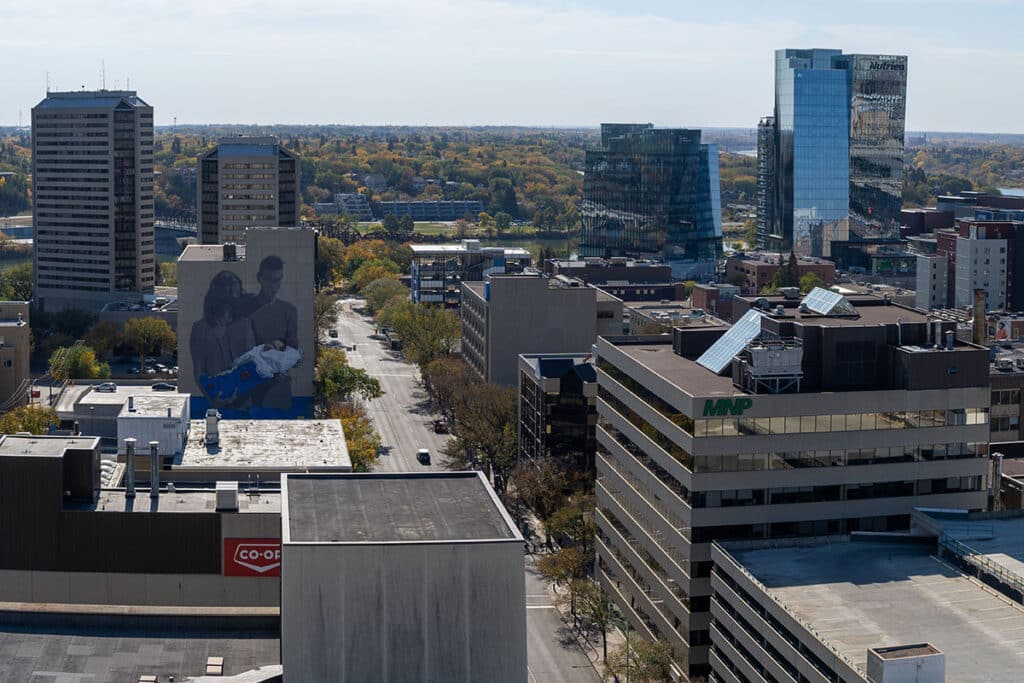Overview
As the Lead Utility Servicing Design Engineer for Saskatoon’s Downtown Event and Entertainment District (DEED), I led the development of a comprehensive conceptual servicing strategy to integrate essential infrastructure—water, sanitary, stormwater, and shallow utilities—within a highly dense urban area. This project presented significant challenges due to existing infrastructure constraints, requiring strategic planning to optimize developmental potential while ensuring full compliance with Saskatoon’s municipal regulations.
Key Responsibilities
- Conducted a detailed infrastructure assessment to evaluate existing water, sanitary, and stormwater systems, identifying potential conflicts between new developments (arena and convention center) and existing utility networks.
- Led collaboration with the City of Saskatoon’s Water and Wastewater Operations Departments to align their existing and future infrastructure models for water, wastewater, and stormwater systems with the project’s development needs. This proactive alignment ensured that the project’s infrastructure would not only meet current needs but also support long-term urban growth and sustainability goals.
- Developed a conceptual servicing strategy that outlined multiple upgrade options to address existing utility conditions, proposing solutions to manage increased demand and mitigate potential conflicts.
- Facilitated collaboration with external utility providers (Saskatoon Light & Power, SaskEnergy, SaskTel, TELUS, and Zayo) to integrate their requirements into the design, preventing conflicts and ensuring smooth coordination.
- Ensured that all servicing designs were compliant with municipal regulations through continuous collaboration with the City’s Water and Wastewater Operations Departments, guiding the design to meet operational standards and regulatory requirements.
Outcomes and Impact
Through leadership and collaboration, my team and I successfully developed a feasible servicing strategy for integrating new infrastructure into Saskatoon’s urban framework. By aligning the project’s development needs with the City’s existing and future infrastructure models, the strategy addressed both technical and regulatory challenges. This ensured the DEED project’s infrastructure was prepared not just for current demands, but also for long-term growth and increased population density within the District. The result was a clear, actionable plan for detailed design and implementation, aligning with city planning standards while mitigating potential infrastructure conflicts.
